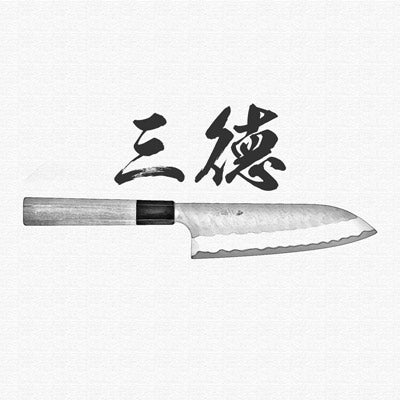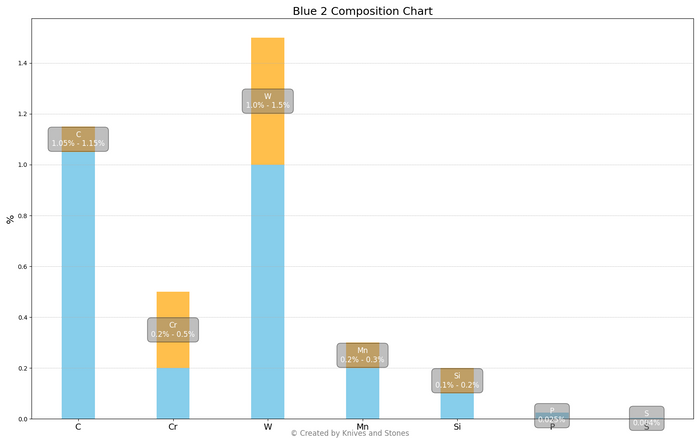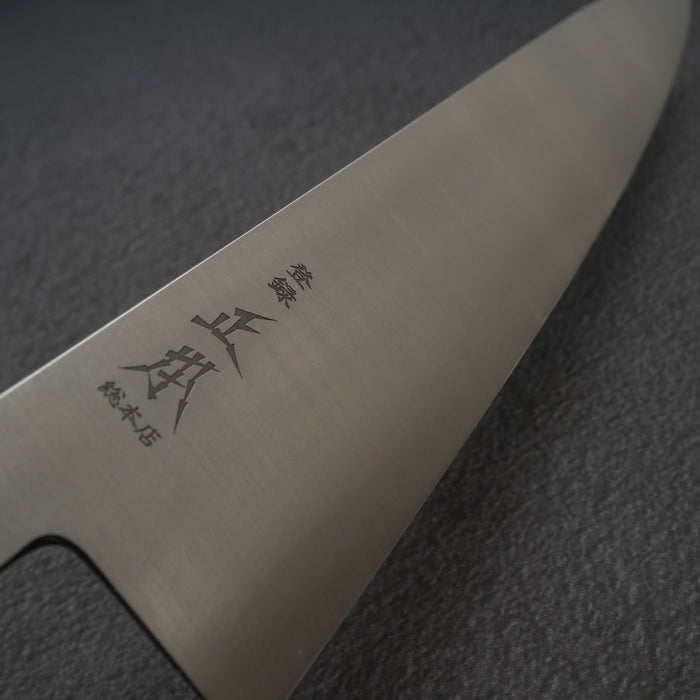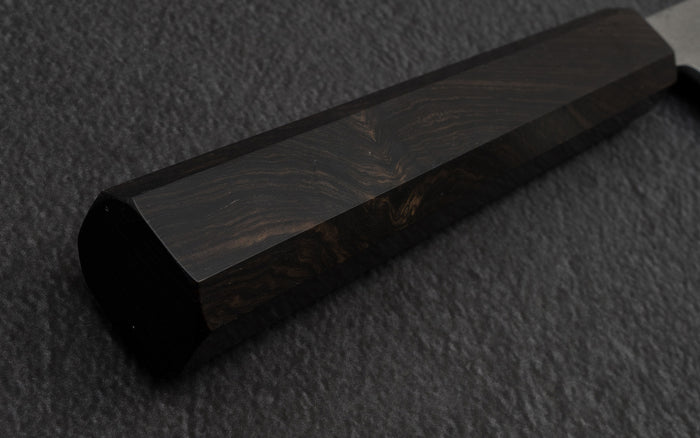Yoshihiko Akitomo | SKU:
YA-B2-SAN18EB
Yoshihiko Akitomo Blue 2 Honyaki Santoku 180mm
$600.00
Unit price
/
Unavailable
Yoshihiko Akitomo Blue 2 Honyaki Santoku 180mm is backordered and will ship as soon as it is back in stock.
Couldn't load pickup availability
Detailed Specifications
| Line | Akitomo Blue 2 Honyaki |
| Profile | Santoku |
| Bevel Type | Double Bevel |
| Weight | 147 g 5.19 oz |
| Edge Length | 180 mm .7.09 inch |
| Heel Height | 48 mm .1.89 inch |
| Width @ Spine | 3.8 mm 0.15 inch |
| Width @ Mid | 1.9 mm 0.07 inch |
| Width @ 1cm from Tip | 0.7 mm 0.03 inch |
| Steel | Blue 2 / Aogami #2 | Carbon |
| Blade Construction | Honyaki |
| Hardness (HRC) | 61 - 63 |
| Surface Finish | Migaki |
| Handle | Octagonal Ebony |
| Region | Tosa |
| Best for |
|

| Pros | Cons |
|
|
|
Care Instruction
- Don't cut hard things! Japanese knives are brittle so bone hacking is a NO NO!
- Wash with neutral detergent after use, and wipe dry;
- Please don't wash knife with dishwasher, it will damage the wood handle;
- Be careful not to leave the knife close to a heat source for a long time;
- It is a lot more dangerous to cut with a blunt knife than a sharp knife!
- It is best to sharpen a Japanese knife regularly on a waterstone.
- Oil the (carbon) knife if storing for an extended period of time to prevent rust.





























